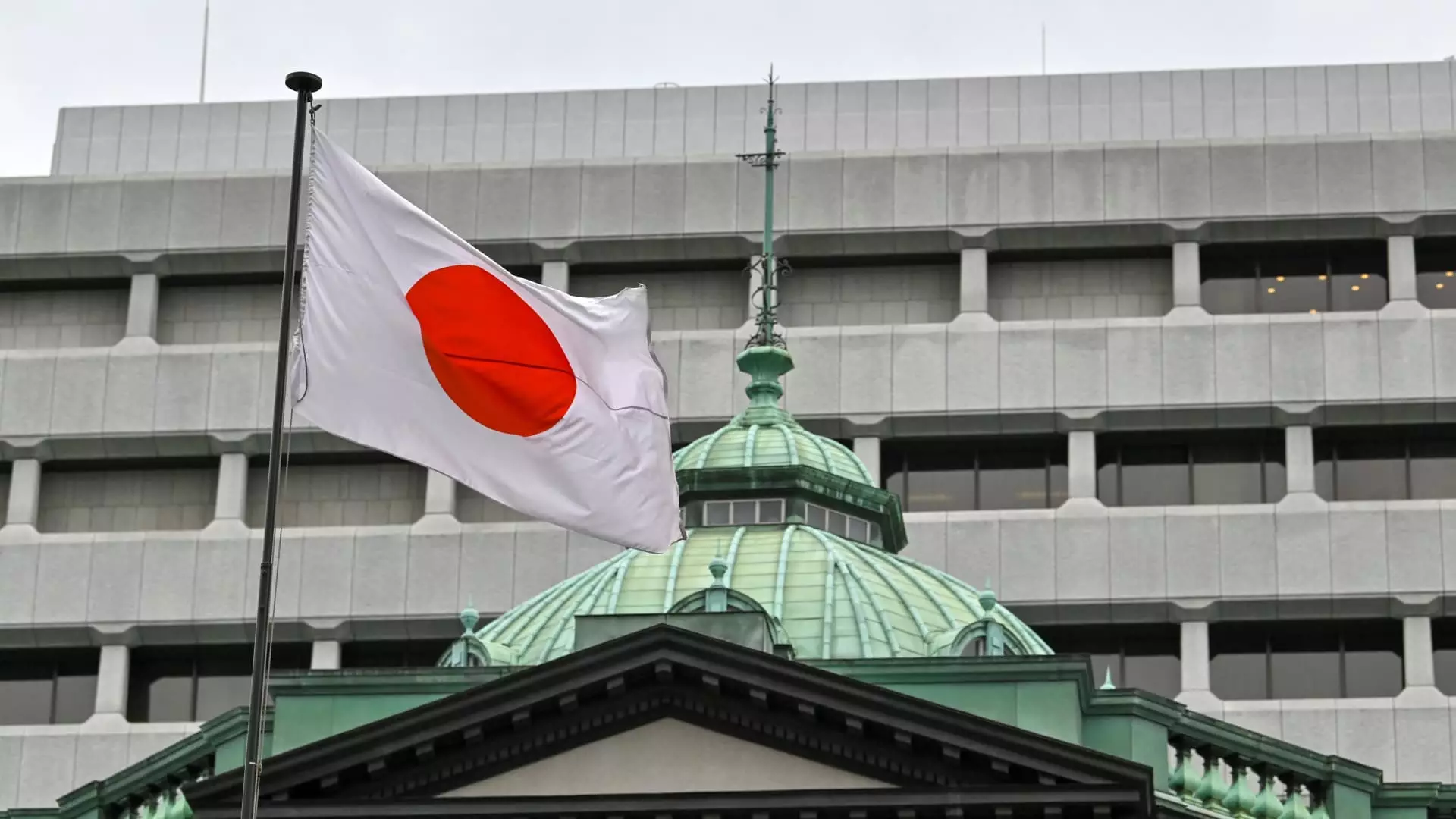In a notable decision last week, the Bank of Japan (BOJ) decided to maintain its benchmark interest rate at around 0.25%, the highest level seen since 2008. This outcome, consistent with Reuters’ forecasts, marks a significant moment for Japan’s monetary policy as the nation adapts from its extended era of ultra-low interest rates. Keeping the interest rates steady reflects the BOJ’s ongoing endeavor to balance economic growth without derailing the recovery the country has been experiencing.
The BOJ characterized Japan’s economic recovery as moderate but acknowledged that certain weaknesses persist within the economic landscape. The central bank’s outlook indicates that the economy is projected to grow at a pace that exceeds its potential, fueled by a positive cycle of increased income leading to enhanced consumer spending. This optimistic economic narrative contrasts with actual data, suggesting that while growth is occurring, it may not be as robust as desired.
A crucial aspect of BOJ’s decision-making revolves around the nation’s core inflation rate, which aims to exclude fresh food prices to provide a clearer picture of underlying inflation trends. The central bank predicts that inflation will not only persist but will also climb through the fiscal year ending in March 2026. Such forecasts are vital for policymakers, as sustained inflation would provide a green light for further tightening measures, especially in a global landscape where many central banks are trending towards easing their monetary policies.
Global Context and Comparative Analysis
Japan’s decision to maintain its interest rate contrasts starkly with moves made by other central banks, particularly the U.S. Federal Reserve, which recently reduced its rates by 50 basis points to a range between 4.75% and 5.0%. This divergence positions the BOJ uniquely, emphasizing its challenging task of recalibrating monetary policy within a global environment that is increasingly accommodating. The interest rate adjustments by other countries raise questions about Japan’s long-term economic strategy and its potential impact on the yen, which has remained relatively stable against the dollar.
The Road Ahead: Predictions and Implications
Looking forward, many economists anticipate that the Bank of Japan may implement another rate hike as early as October. Analysts at Moody’s predict that despite some unfavorable economic indicators, the BOJ is likely to dial back monetary support this year. However, there are concerns that these rate hikes could present challenges for Japan’s economy, possibly acting as a drag on growth or even triggering a recession if not managed carefully.
GDP Growth and Inflation Statistics
Recent data shows that Japan’s annualized GDP growth in the second quarter has been revised down to 2.9%, missing the initial forecast of 3.2%. This adjustment reflects a softer recovery trajectory for the Japanese economy, raising questions about the sustainability of growth momentum under changing monetary conditions. Moreover, Japan’s core consumer price index has reported an inflation rise of 2.8% year-on-year, slightly in line with forecasts but indicative of a persistent upward trend.
The Bank of Japan faces an intricate balance as it navigates the complexities of interest rate adjustments amid evolving economic conditions. While the commitment to ensuring steady growth through careful monetary policy is commendable, the potential risks associated with rate hikes warrant thorough scrutiny. The coming months will reveal whether the BOJ’s strategies can effectively promote stability without compromising Japan’s economic recovery trajectory. As the global financial landscape continues to shift, Japan’s unique position underscores the challenges faced by policymakers in maintaining a resilient and responsive economic framework.

Leave a Reply